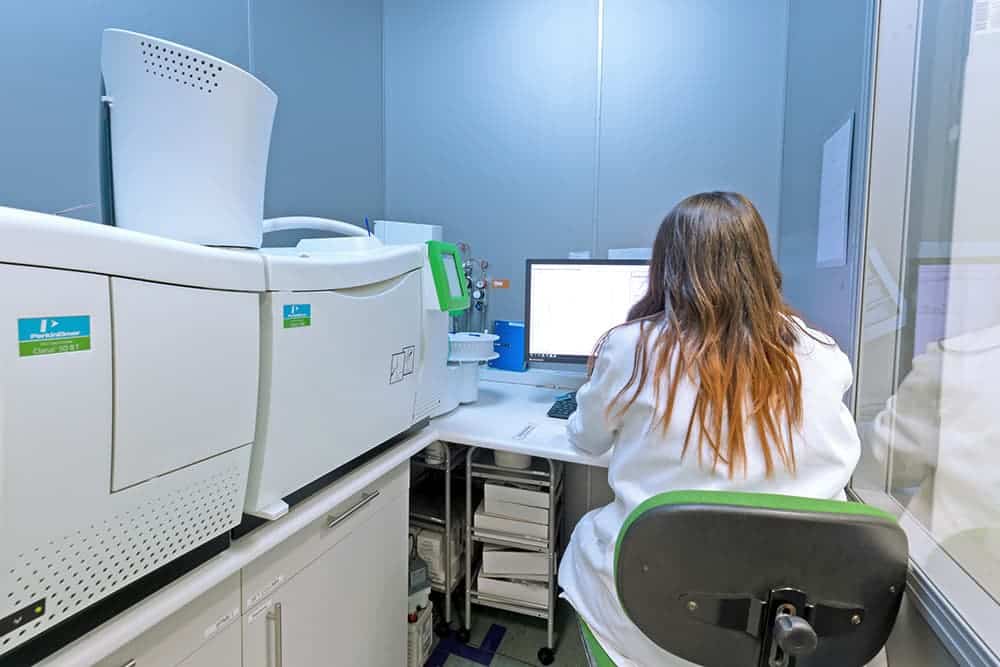What was the challenge or problem to solve?
One of our customers asked us to analyze an agricultural fertilizer based on a colloidal suspension, in order to reproduce it and use it as a base in their formulations.
INFINITIA’s Food Technology team faced the challenge of fully characterizing a product whose characteristics and composition were unknown. To do so, it was necessary to design a series of specific tests that would allow the analysis to be carried out in the desired way

After an exhaustive study, we were able to extensively characterize the nanocolloid, focusing on those aspects that were key to the reproduction of the formula (fatty acid composition, physicochemical properties and colloidal properties). With this information, it was possible to use this element as a basis for the manufacture of agricultural treatments.
The project began with the usual documentation process, carrying out a literature search to provide us with the necessary background data. We then planned the steps to follow: identifying the key parameters, choosing the most appropriate techniques and adjusting the methodology of the equipment. This design phase was essential to achieve the objective, i.e. to acquire a basic knowledge of the suspension, with the minimum number of analyses. It also allowed us to adapt the techniques and methods to the specific matrix to be examined.
Given the high concentration and nature of the samples, it was necessary to perform a preliminary treatment. This allowed us to perform the different measurements without damaging the equipment or denaturing the analytes, while minimizing interferences that could eclipse the signals of interest.
For the analysis of the samples, different physical, optical and light scattering characterization equipment was used. In addition, gas chromatography coupled to mass spectrometry was also performed. Through these tests we obtained very complete information on the characteristics of the nanocolloid: its physicochemical properties (pH, conductivity, surface tension…), its colloidal properties (Z-potential, particle size and critical micellar concentration) and its fatty acid profile.
Finally, data processing and interpretation of the results were undertaken, preparing a report detailing the representative quantitative and qualitative references of the product under study.





